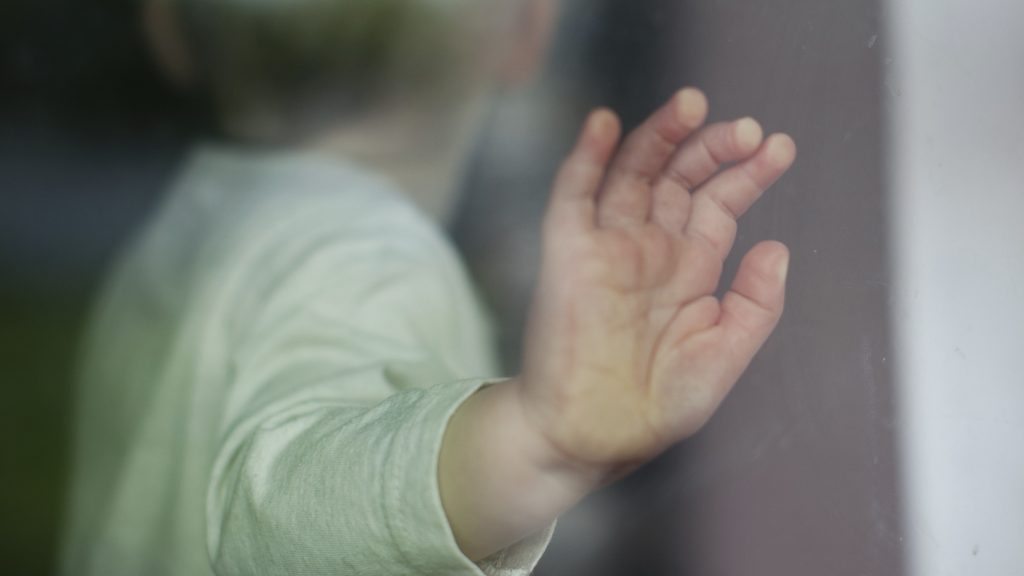One-third of Canadian kids denied a safe and healthy childhood: report

Posted September 7, 2022 8:00 am.
Last Updated September 7, 2022 8:01 am.
When it comes to the safety and health of children, a new report ranks Canada near the bottom of a list of dozens of developed countries.
Children First Canada’s says the top threats to childhood — things like poor mental health, food insecurity, systemic racism, child abuse, and climate change – are putting the lives of eight million Canadian kids at risk.
“Some of the most stark statistics come from those comparisons with other OECD countries,” said Stephanie Mitton, a government relations advisor with the child advocacy group.
“When it comes to the child suicide rate, we are 35th out of 38 countries. That’s a really challenging number.”
Raising Canada 2022 finds suicide is the second leading cause of death among Canadian children over the age of 15, and the third leading cause of death for kids aged 10-to-14.
“When we look at infant mortality, it’s 30th out of 38 in the OECD. We have a lot of work to do,” Mitton told CityNews.
She says one-third of Canadian children have challenges with their physical or mental health, one-in-three faces bullying, and 1.3 million kids live in poverty.
In British Columbia, the report finds child poverty and food insecurity are a reality for almost one-in-five kids.
“Eighteen per cent of children in B.C. are living in poverty and, in 2019, the average poverty rate in B.C. for First Nations reserves was over 40 per cent.”
Mitton adds that 30 per cent of African adolescents in B.C. disclose that they have faced discrimination.
Nationally, incidents of anti-Asian racism among children 18 years or younger increased by 286 per cent through the COVID-19 pandemic.
Also included in the top 10 threats to kids are vaccine-preventable illnesses, nutritional insecurity, limited physical activity and play, and climate change.
Disruption to education, inadequate youth representation, and limited access to health care and other social services were cross-cutting themes in the findings, with blame often laid on government under-investment in children.
Calls to action
While the report makes recommendations for each of the categories it covers, it highlights three national “calls to action.”
“Number one is the creation of a federal commissioner for children and youth in Canada, somebody with a policy lens on the decisions that are made, making sure children’s best interests are included,” said Mitton.
“The second is a children’s budget — how much money, where is it going, could it be better spent? It doesn’t always mean more money. The third is a national plan of action. Where are the issues we need to focus on?”
The CEO of Children First Canada, Sara Austin, calls the statistics devastating and too alarming to be ignored.
“Sadly many Canadian children do not make it to their 18th birthday. When kids thrive, Canada thrives. Our collective future depends on the decisions we make today. Investing in kids now is not just the right thing to do, it’s also a down payment on our future that will bear enormous social and economic dividends for years to come.”








